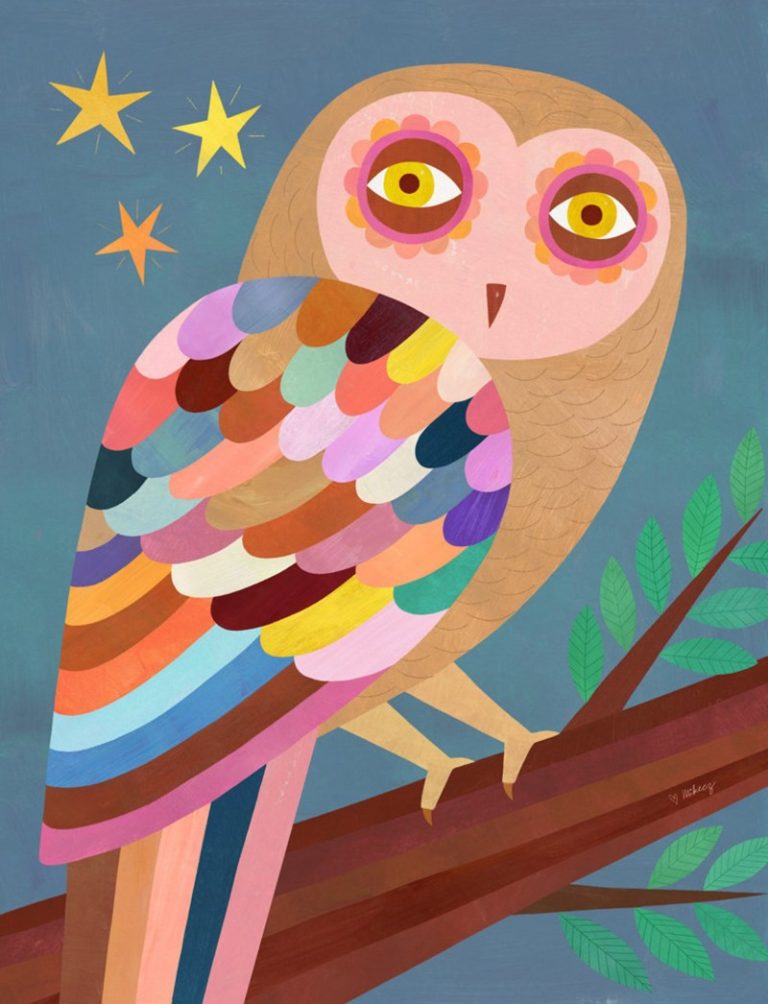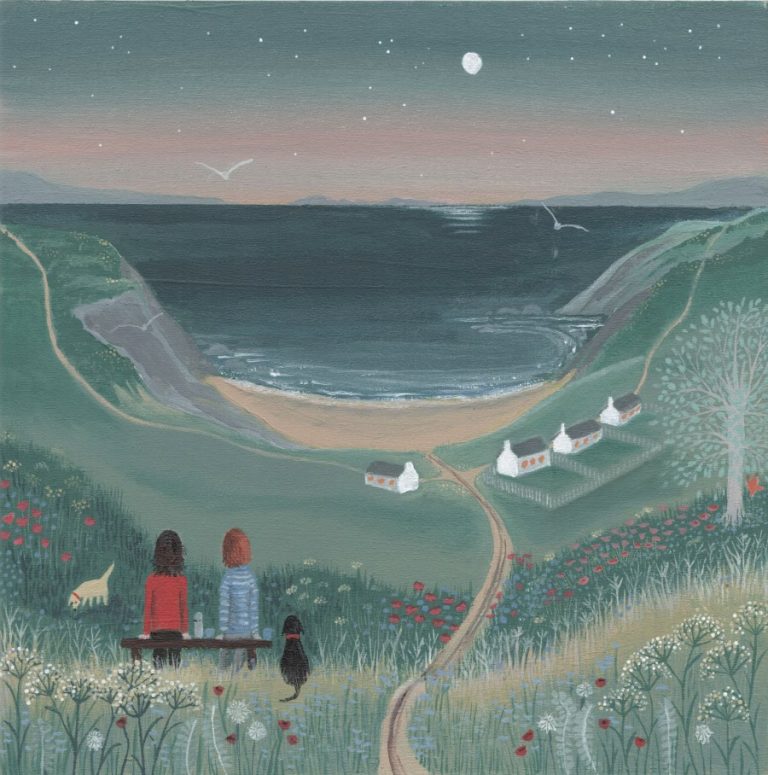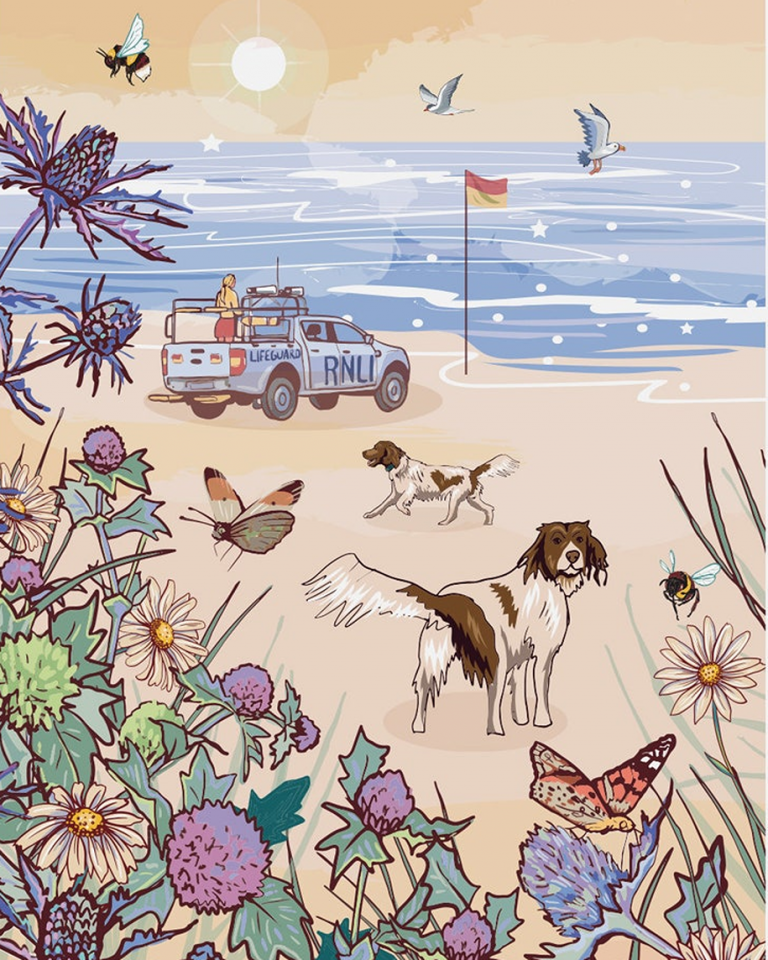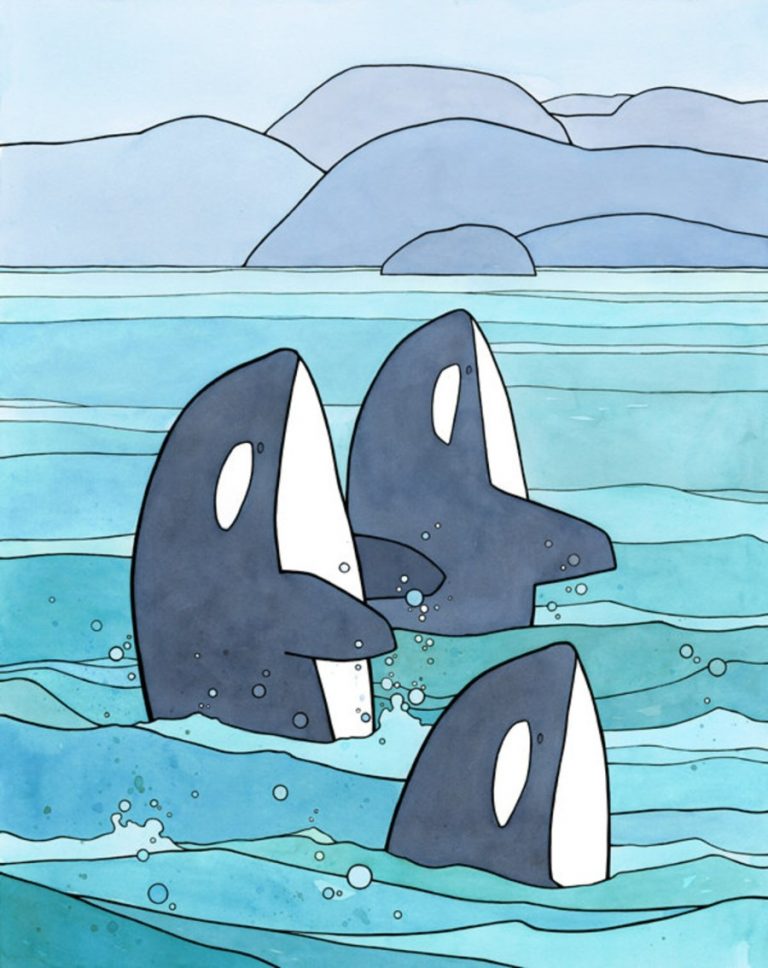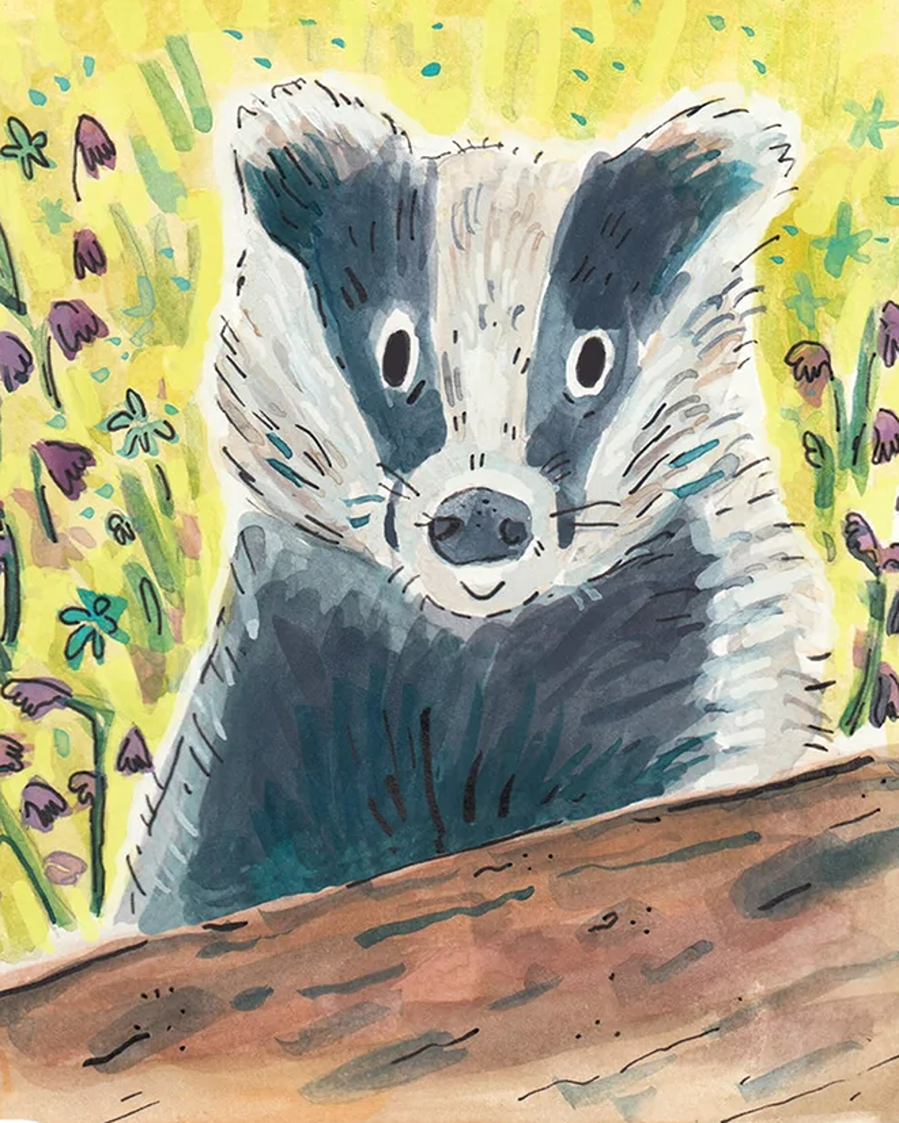
Hundreds of thousands of birds and wild creatures are injured or die on our roads each year. This is not just upsetting and dangerous (and some species are endangered, like hedgehogs), but also puts more strain on local wildlife rescues, already over-busy and under-funded.
Obviously the best solution is to create more walkable communities, so there are less cars and vehicles to harm creatures that live near roads. But until that happens, here are tips to be a more wildlife-friendly driver. And more good tips by species.
Preventing wildlife collisions also benefits humans, as often people are injured (especially say with large animals like deer). And damage to vehicles causes financial hardship to many, on top of the already upsetting vehicle collision with other creatures.
Be a Wildlife-Friendly Driver
- Keep to speed limits.
- Be alert for wildlife, especially at dawn and dusk.
- Use full beam at night (dipped lights are best in fog, rain or snow, or else light could reflect back and startle).
- Keep your lights, brakes and windscreens in good condition.
- Use a car trash bag to avoid dropping litter out the window. This stops scavengers (and animals that scavenge on dead animals).
- One farmer wants fast food restaurants to print vehicle registrations on receipts. So if someone drops litter, they get a fine in the post, just like for speeding.
Keep a rescue kit in your car boot (a cardboard box with punched air-holes, thick gloves and a tassel-free towel). Get help to transport badgers (they are very strong, and could attack, when stressed).
Also read our post on helping birds of prey (this requires different advice, due to strong beaks and sharp talons).
Campaign for Lower Night-Time Speed Limits
During the day or night, temporary or permanent speed limits in known risk zones, help cut the number of accidents.
Local campaigns help put pressure on councils and highways authorities to act. Even a small drop in speed gives drivers a better chance to spot and avoid a crossing creature.
Use Wildlife Reflectors
Wildlife reflectors fit along road verges and send car headlights sideways into the undergrowth. This sudden flash can scare badgers back from the roadside. Reflectors are most useful in places where other options, like tunnels or fencing, aren’t possible or practical.
They’re quick to fit and don’t cost much, making them an easy way to cut accidents while more permanent fixes are planned. It’s best to buy orange-hued ones, rather than blue/white.
How to Make Roads Safer for Badgers

Badgers are a familiar sight in the countryside, known for their striped faces. Sadly, a fifth of all our badgers die on roads each year, hit by cars as they travel between setts to find food or mates.
For an injured badger, contact The Badger Trust (which has local volunteers) and your local wildlife rescue for help.
The Badger Trust also runs an emergency fund to cover vet fees, for local groups that rescue injured badgers.
Badgers are creatures of habit, using the same tracks night after night. Signs that warn drivers about nearby badger crossings increase awareness and reduce speed. Councils can work with local wildlife groups to place signs where badgers are most often seen.
Purpose-built tunnels under busy roads give badgers (and other wildlife) a safe path between habitats. These underpasses keep animals off the road, cutting the risk of collisions. Well-designed tunnels are dark, quiet and blend with badgers’ natural runs.
Adding safe fencing to guide animals toward these passages helps them find and use the tunnels. Local authorities can team up with conservation charities to fund and build new crossings in problem areas.
Strong roadside fencing stops badgers wandering onto dangerous stretches of road. Fences need regular checks for breaks, gaps or fallen sections, as even small holes allow animals through.
Fencing works best when combined with tunnels or underpasses, creating a barrier and safe passage. Volunteers and wildlife wardens can help councils monitor and fix fencing quickly.
Reporting road casualties helps track problem areas. Accidents are logged, to push for signs, fences or tunnels where they’re most needed. If you see a dead badger on the road, let your local wildlife group know the exact spot.
How to Make Roads Safer for Hedgehogs

Many hedgehogs are injured while crossing busy streets at night (they are nocturnal). They are therefore often hidden from view, and not quick to escape oncoming vehicles.
One of the most effective steps to help, is for people with gardens to set up hedgehog highways, so they have no need to go near roads.
These are small gaps (around 13cm by 13cm) that are cut into the bottoms of fences or garden walls. This lets hogs move freely between gardens, so avoid busy roads.

The Wildlife Community’s Hedgehog Crossing is made from recycled plastic, and comes pre-drilled with holes and instructions. Check gaps regularly, for debris and overgrown plants.
If you have prey animals (rabbits) or escapee terriers and are still going to offer hedgehog highways, be sure to securely seal holes in daytime, when hogs are sleeping.
Hedgehogs are inquisitive creatures, so litter is dangerous for them, whether dropped or blown into roads: plastic bags, sweet wrappers, rubber bands etc.
All can trap and injure hedgehogs, that can’t then escape from roads. Litter also attracts tiny creatures that hedgehogs eat, drawing them towards busy streets. Join or start local litter-cleaning groups.
Also cover open drains and gully pots (the vertical shafts under storm drains) as these are also deadly traps for hedgehogs. If you spot open drains on your street, report to your local council.
Tiggwinkles says often the only way to rescue them is to attach two pairs of pliers to the spines, and firmly yet gently pull them out, then take to your nearest wildlife rescue). If you spot open drains on your street, report to your local council.
Hedgehogs naturally would live in hedges (hence their name). So over-grown hedges and verges look like shelter to hedgehogs, but if cut too suddenly, the animals have no warning or escape, and may leave cover and end up on roads.
So ensure council workers leave natural hiding places that are close to roads, without accidentally pushing them out towards urban streets.
If you find an injured hedgehog, contact British Hedgehog Preservation Society, it has experts who can advise, and direct you to the local volunteers.
If you can’t get through, take the creature to your local wildlife rescue or your local vet (you won’t be charged, costs are covered by RSPCA).
How to Make Roads Safer for Deer and Boar

Each year, the UK has around 75,000 deer/car collisions, with 20 human deaths too. Take care driving at dawn and dusk, be especially vigilant in autumn during rutting season. Some areas of England also have wild boar, and the same advice applies.
Councils can help by not planting flowers in railings, where deer often get stuck (they eat flowers).
You can report traffic accidents (also for wild boar) at Deer Aware, so they know hotspots to launch awareness campaigns. Download free ‘Deer About’ posters.
Deer are more likely to cross roads near woods, fields or water, especially at dawn and dusk. Deer usually travel in groups. So if you spot one, expect more to follow close behind.
Most roads have signs to warn if deer are nearby. So pay extra attention and reduce your speed. Slowing down gives you more time to react if a deer appears.
It also lowers the impact if a collision can’t be avoided. Even a small drop in speed can make a big difference to safety.
If you do hit a deer or see one that’s injured, stop safely and call your local wildlife rescue and the police. They also have trained marksmen who can immediately shoot dead suffering deer, if RSPCA is going to take too long to reach the animal.
Don’t try to move a live injured deer yourself – most are strong and could run off while injured, it’s better to wait for help. Keep the area quiet, and cover the creature with a blanket, to help calm, until help arrives.
Safer Roads for Frogs, Toads and Newts

Providing habitats for amphibians is good, as most on roads are searching for wildlife-friendly ponds.
Toads especially have strong migration routes, and will stop at nothing during breeding season to reach the other side of the road. So become a toad patroller (volunteers take migrating toads to the other side of the road in buckets, during breeding season).
All you need is some enthusiasm, the ability to stay awake at night, and some wellies. It’s like being a Toad Lollipop Lady!
Make Roads Safer for Bird and Bats

Birds and bats are at risk, due to many flying low to the ground. For instance, geese and swans are heavy birds, so have to get a good ‘run’ before taking off, and can sometimes end up on roundabouts. Bats and owls can also fly low, putting them at risk of nearby road traffic.
Install Bird Diverters on Power Lines
Bird diverters are small devices that are placed every 10 metres or so, to make power lines and poles visible to birds. They are ideal in open countryside, often where power lines often run. And can also protect birds from collisions with communication towers.
They are not a complete answer, but some aviation authorities are now using them, to help prevent airplane crashes. The diverters use reflected sunlight to glow in the dark for 24 hours.
Birds and bats usually fly across roads, when feeding and nesting grounds lie on opposite sides. So just like hedgehog under-passes, it helps to build overpasses that let flying creatures cross safely. Bats use treelines as guides, so build a bridge covered with vegetation, would help them navigate, without harm.
Thousands of barn owls are killed each year on our roads. Barn Owl Trust says it’s best to do one of the following:
- Plant high hedges or lines of closely-spaced trees, next to the road surface on both sides.
- Plant plant trees 3-4 metres back from the road edge, and allow side branches to reach within 1 metre of the road service.
- Allow road verges to become covered in tall ‘scrub’.
Bats in particular avoid bright lights, because it confuses their night vision, so attracts insects, away from their hunting grounds. Harsh roadside lighting also pulls birds out of their natural flight paths at night, making collisions more likely.
So for both (and all) species, use dim, orange-hued wildlife-friendly lighting, which councils can buy and install.

Mowing grass and trimming trees at set times (outside the nesting season) can allow drivers and wildlife to see each other more clearly, while still protecting natural habitats.
In some places, planting low shrubs can keep birds from gathering near roads at all, guiding them to safer spots.
Don’t place nest boxes within 1km of major roads, have continuous screens on both sides.
Wet habitats offer feeding grounds for birds and bats. Small wetlands attract insects, a top food source for birds and bats, so will drive them away from urban areas.
Patchy habitats also leave birds and bats exposed to traffic. Rather than destroying wildlife corridors to build ‘affordable homes’, councils should link woodlands, ponds and hedges, so they can move from place to place, without encountering road traffic.
If building work is planned, work with local wildlife experts to know when to delay tree cutting or ground clearance (until after breeding times). Using noise barriers and dust control, can also limit impact on nesting birds and foraging bats.
How to Make Roads Safer for Pheasants

Pheasants are a familiar sight, but usually only due to be over-bred (in conditions akin to factory farms) for the hunting industry. This also causes floods, due to flattening peat bogs, and a lead shot ban is still only voluntarily, which harms other creatures too.
Sadly, non-native pheasants have no road sense. So if they escape from being shot, they end up on roads, and many are killed or injured.
Like hedgehogs, pheasants will freeze if in danger, so many lose their lives on England’s roads. The obvious way to help is not to support the hunting industry, as then so many will not be bred. Pheasants are 13 more times more likely to die on roads, than other birds.
Pheasant/vehicle accidents involve 7% of all roadkill (over-bred for the shooting industry) and also contribute to human deaths or serious injury.
Again, thick hedges and native shrubs along roadsides, will help birds not wander onto open tarmac, and give them safer points to retreat to. Farmers can help by leaving field margins, uncut grass strips and wide verges near roads.
Reasons to Install More Wildlife Crossings

Wildlife crossings abound abroad, but in England we only have a few. The science of ‘road ecology’ looks at how to create tunnels and over-passes to help billions of animals migrate and travel, without harm. The cost is far less than cleaning up roadkill.
ARC is the worldwide website of road ecology, detailing the issues and latest inventions to help.
Some good books to learn more on wildlife crossings:
- Wildlife Crossings of Hope explains how wildlife crossings work and are used. This uplifting book focuses on ideas abroad, from the world’s largest wildlife bridge (near LA), canopy bridges for monkeys (India) and an elephant underpass (Kenya).
- Wildlife Crossing: Giving Animals the Right of Way asks how to stop wildlife being killed on the world’s 13 million miles of roads. Overpasses can reconnect landscapes and keep wildlife safe from light, noise and litter.
- Wildlife Crossings shows how elephant crossings are helping these gentle giants from being killed (for trampling crops), and also profiles cougar crossings (USA) and Canada’s Banff Wildlife Corridor (used by tiny insects to wolves, moose, elk and grizzly bears).
Like toads crossing the road to mate, native creatures follow set routes by the compass. So if a creature is going east to west and you build a road that’s north to south, it’s going to cause issues. Knowledge of nature is the best prevention method.
Many new road builds often slice through animal habitats, and the creatures are not going to divert their route, they just try to cross busy freeways in the USA.

Wallis Annenberg Wildlife Crossing (LA) is due to open in 2026, the world’s largest wildlife crossing that is built to follow natural migration patterns of wildlife.
It will cross 10 lanes of motorway to help deer, black bears, coyotes, mountain lions and reptiles safely connect between the Santa Monica mountains and Simi Hills, to find food and mates.
Holland has hundreds of wildlife crossings, yet England only has a few. One in Cheshire has 9 habitats for great-crested newts, boxes for barn owls, a manmade sett for badgers and 21 ponds for amphibians & replacement bat roosts, 80 semi-mature trees & 60,000 saplings.
The irony is that one wildlife crossing (near Brackley, Northamptonshire) has been designed by HS2 high-speed rail project (which will kill around 22,000 wildlife per year once built, based on comparisons with similar trains abroad).


